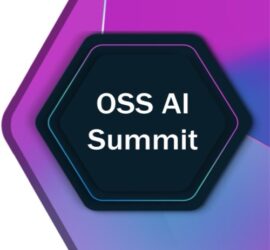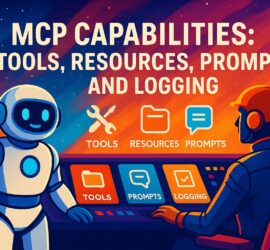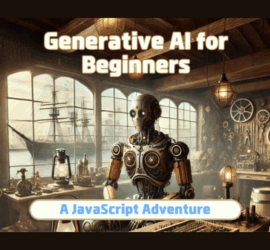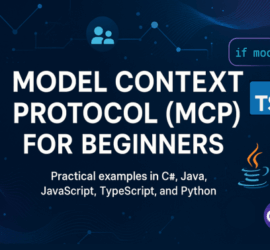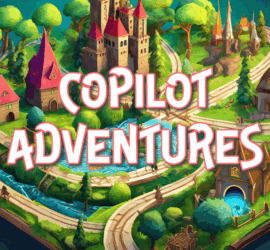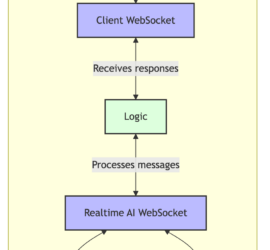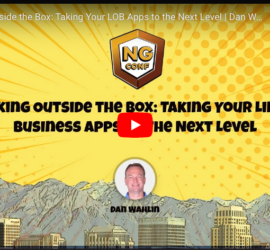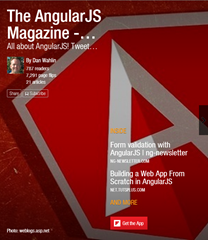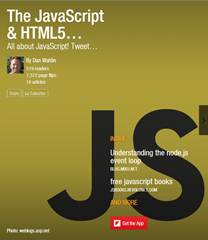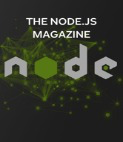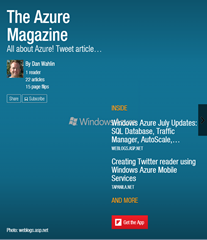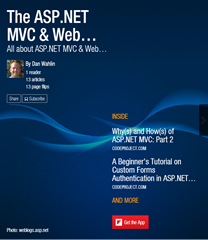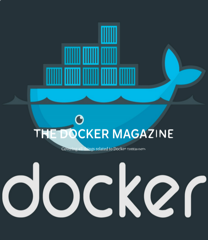OSS AI Summit: Building with LangChain
Most AI demos look impressive in a notebook, but they fall apart the moment they touch real data, real users, or real scale. The companies that will win in 2026 aren’t the ones with the flashiest prototypes, they’re the ones who can reliably design, debug, and deploy agent-powered AI applications. That’s exactly why we created the OSS AI Summit. On December 10th we’re bringing together people from LangChain and Microsoft for a focused, no-fluff 2-hour online event centered on LangChain v1 and the patterns that turn experiments into production systems. What you’ll walk away with Try the code before (or […]

